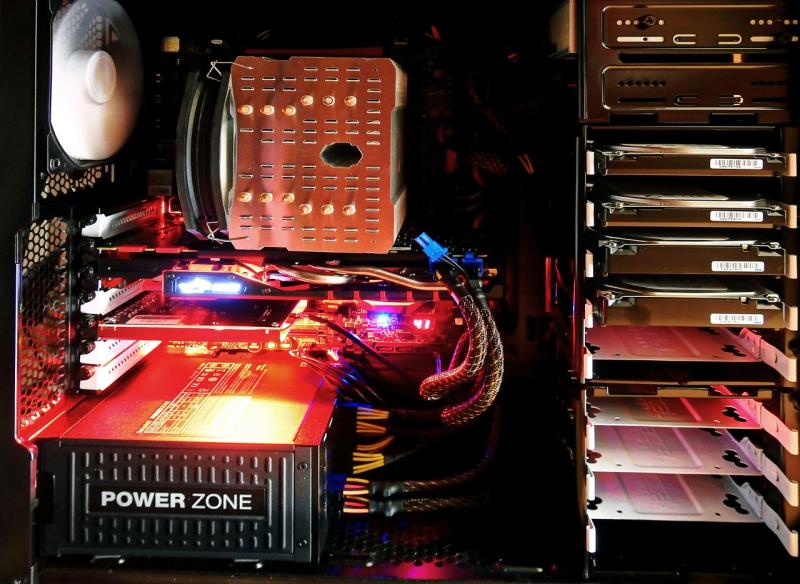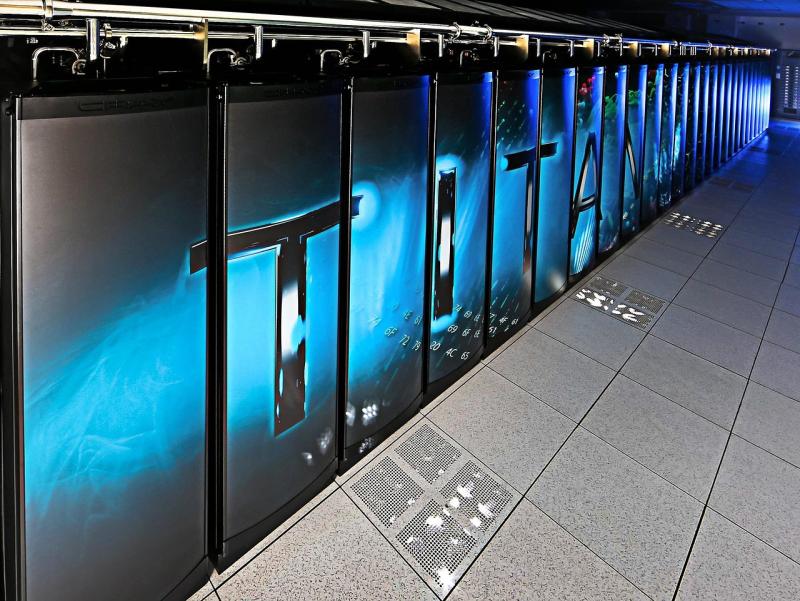The development of materials for aerospace applications requires precision engineering and innovative simulations to withstand extreme conditions. Workstations tailored for aerospace material design provide the computational power, simulation capabilities, and storage needed to model, test, and analyze advanced materials. These systems enable engineers and scientists to optimize performance and reliability in demanding aerospace environments.
---
### **Processing Power for Material Simulations**
Aerospace materials must meet stringent requirements for strength, weight, and thermal resistance. These workstations feature multi-core processors optimized for computational tasks such as finite element analysis (FEA), thermal modeling, and material behavior simulations. From lightweight composites to high-temperature alloys, these CPUs ensure efficient analysis of critical material properties.
---
### **High-Performance GPUs for Visualizing Material Behaviors**
Simulating and visualizing material properties under extreme conditions, such as pressure, temperature, and fatigue, requires robust graphical capabilities. These workstations are equipped with GPUs that accelerate tasks like structural deformations, heat transfer analysis, and real-time failure simulations.
These GPUs are essential for evaluating material performance in applications like spacecraft panels or turbine blades, ensuring safe and durable designs.
---
### **Expansive Memory for Complex Models**
Material design involves running detailed simulations and integrating multidisciplinary data. These workstations provide RAM configurations ranging from 128GB to 1TB, ensuring smooth performance when conducting large-scale material tests, high-fidelity modeling, and multiphysics simulations.
---
### **Optimized Storage for Experimental Data**
Aerospace material testing generates significant amounts of data, including mechanical properties, simulation outputs, and experimental results. These workstations combine NVMe SSDs for fast access to active datasets with high-capacity HDDs or RAID systems for securely archiving test data and historical records.
---
### **Compatibility with Material Design Software**
These workstations are optimized for leading software used in aerospace material design, such as ABAQUS, COMSOL Multiphysics, and ANSYS Mechanical. GPU-accelerated workflows enable seamless simulations of material stresses, thermal properties, and dynamic behaviors.
---
### **Applications in Aerospace Material Development**
Workstations for advanced material design support innovation in diverse aerospace applications:
- **Lightweight Composites:** Develop materials for reducing weight while maintaining structural integrity.
- **Thermal Protection Systems:** Design heat-resistant materials for spacecraft re-entry and propulsion systems.
- **Structural Materials:** Model and test alloys for airframe components, landing gear, and wings.
- **Fatigue Analysis:** Simulate long-term stress and material performance under repetitive loading.
- **Nanomaterials:** Explore advanced materials for enhanced conductivity, strength, or weight reduction.
Their versatility makes them essential for advancing material science in aerospace engineering.
---
### **Reliability for Long-Term Testing**
Material testing often involves iterative simulations and prolonged experimental runs to validate performance under various conditions. These workstations are built with industrial-grade components and efficient cooling systems to ensure consistent performance, minimizing interruptions during critical tests.
---
### **Future-Ready for Emerging Aerospace Technologies**
As aerospace applications evolve with new materials and designs, these workstations are designed to scale. Modular architectures enable researchers to upgrade GPUs, processors, and memory to meet the demands of future innovations in aerospace material science.
---
**Advancing Aerospace Material Innovations**
Workstations for advanced aerospace material design and testing provide the tools to create, model, and validate materials with exceptional precision. By combining powerful computational performance, high-resolution visualizations, and efficient data management, these systems empower engineers to develop solutions for the most demanding aerospace challenges. From lightweight composites to high-temperature materials, these workstations drive progress in material technology.
View our related products
See more
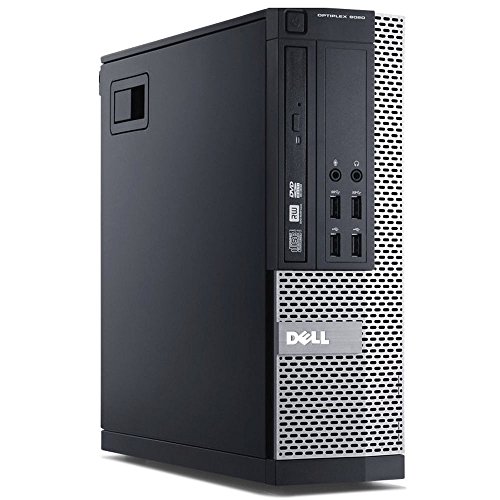
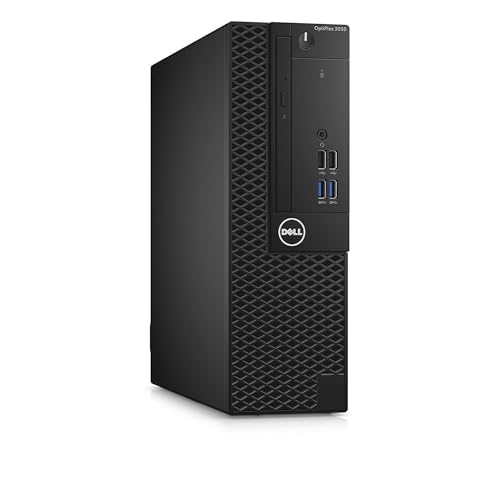
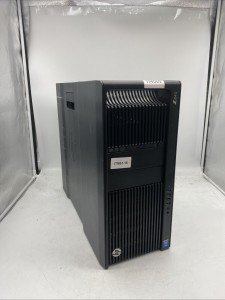
Workstations for Advanced Aerospace Material Design and Testing
Related Articles
Essential High-Performance PC Components You Need Now
Upgrade your setup with the must-have parts for unbeatable gaming and productivity
Top Picks for Best High-Performance PCs
Find the perfect power machine for gaming, work, or creative projects
Your Guide to the Best High-Performance PCs
Find the Right PC for Your Gaming and Creative Needs
View our related products
See more



